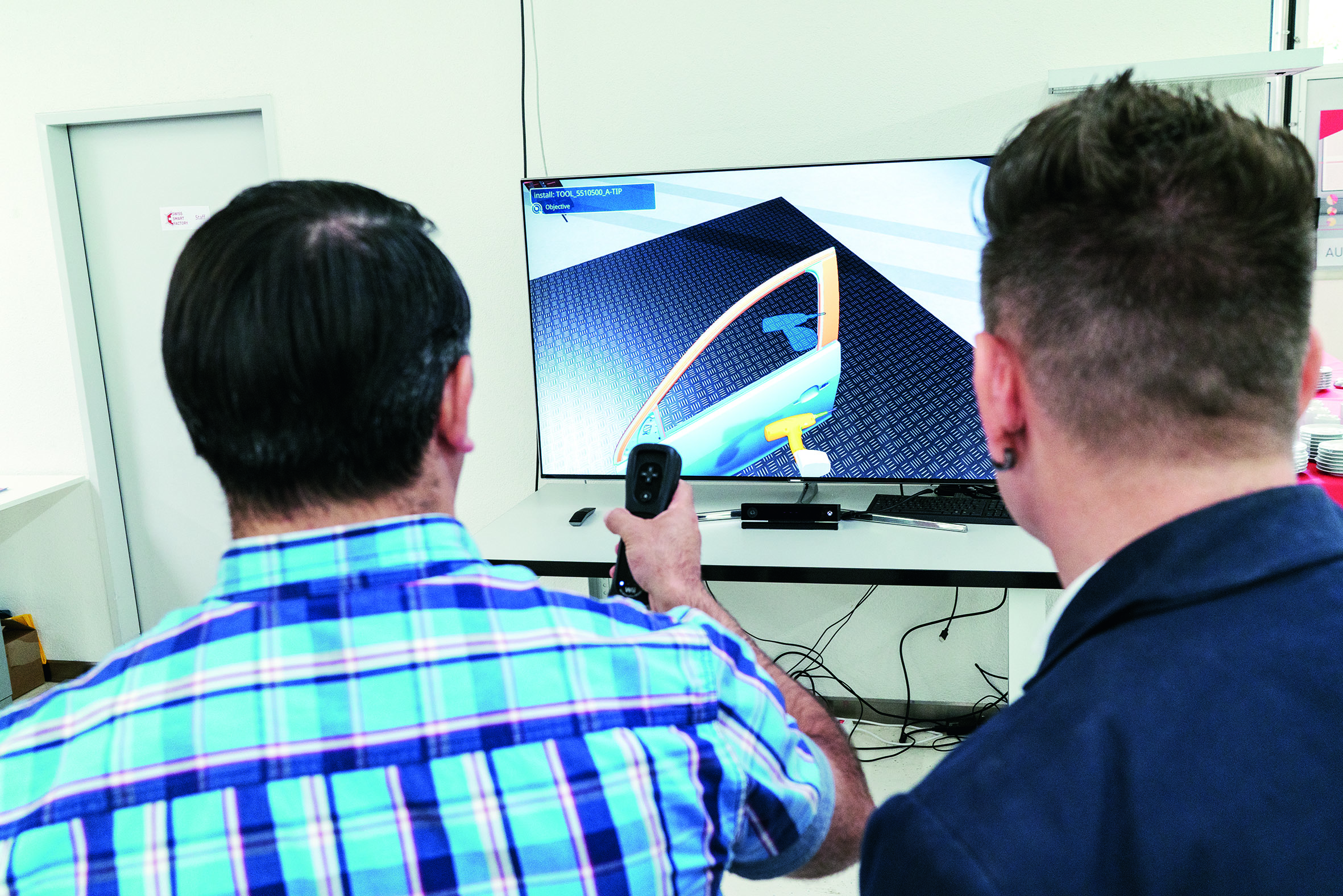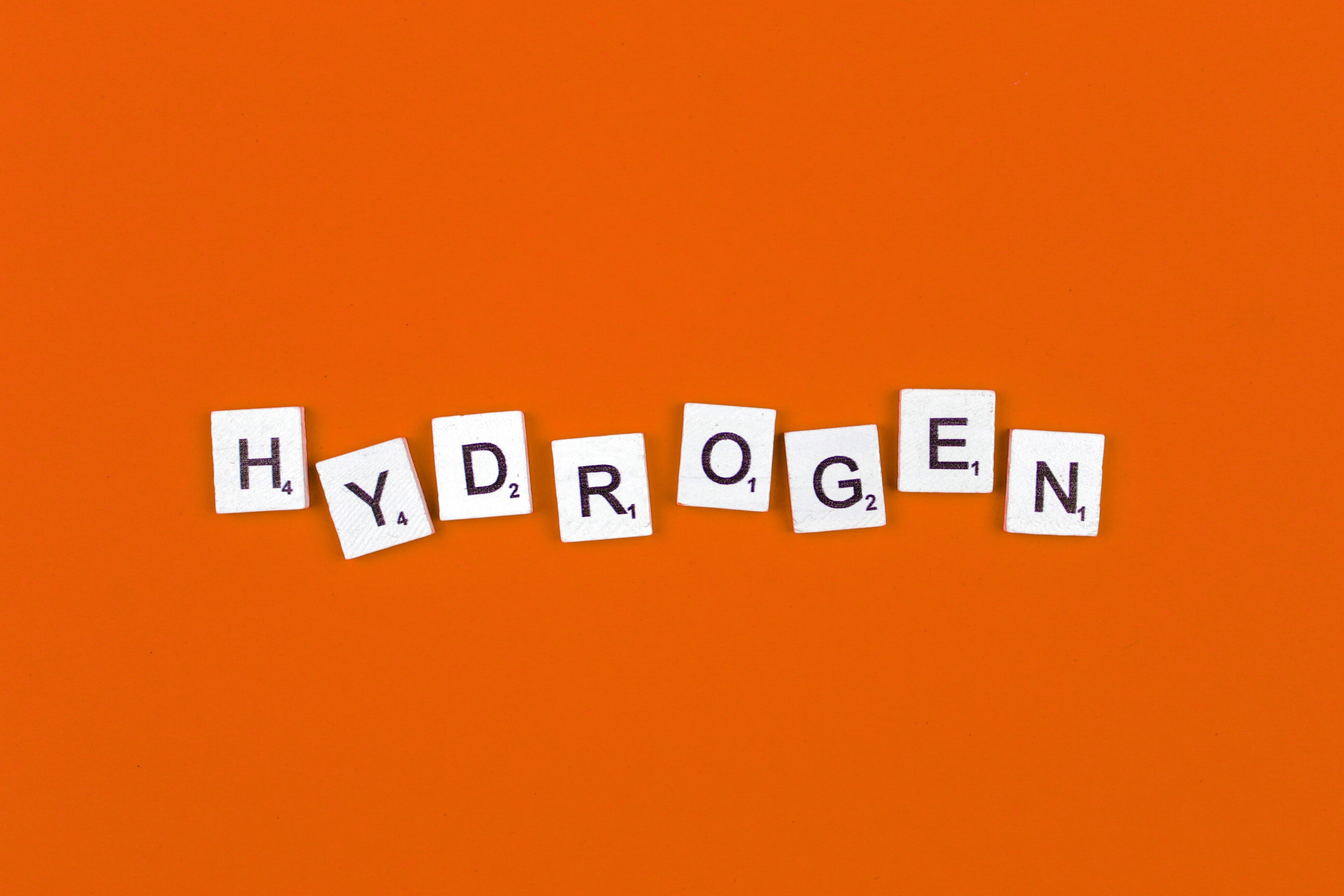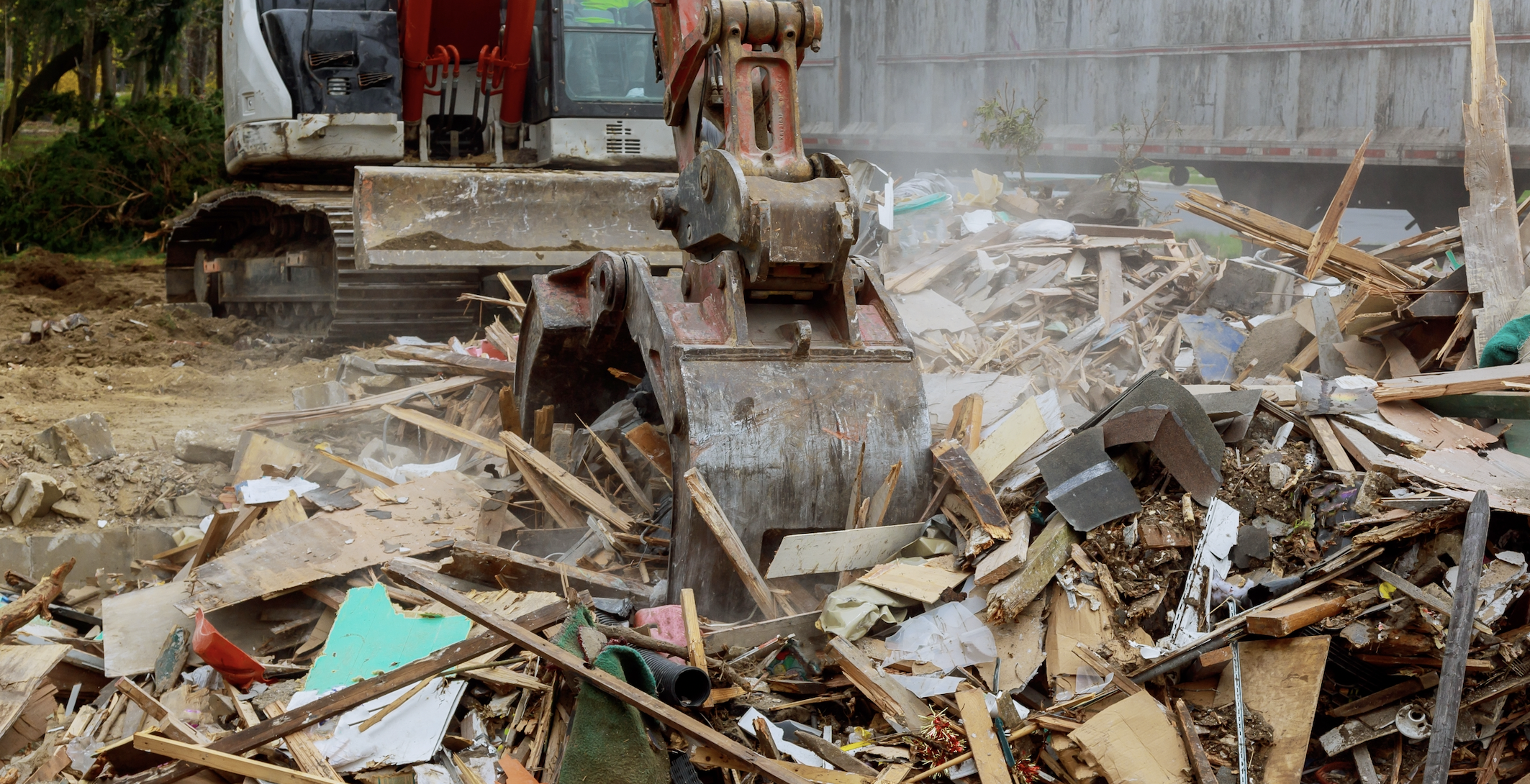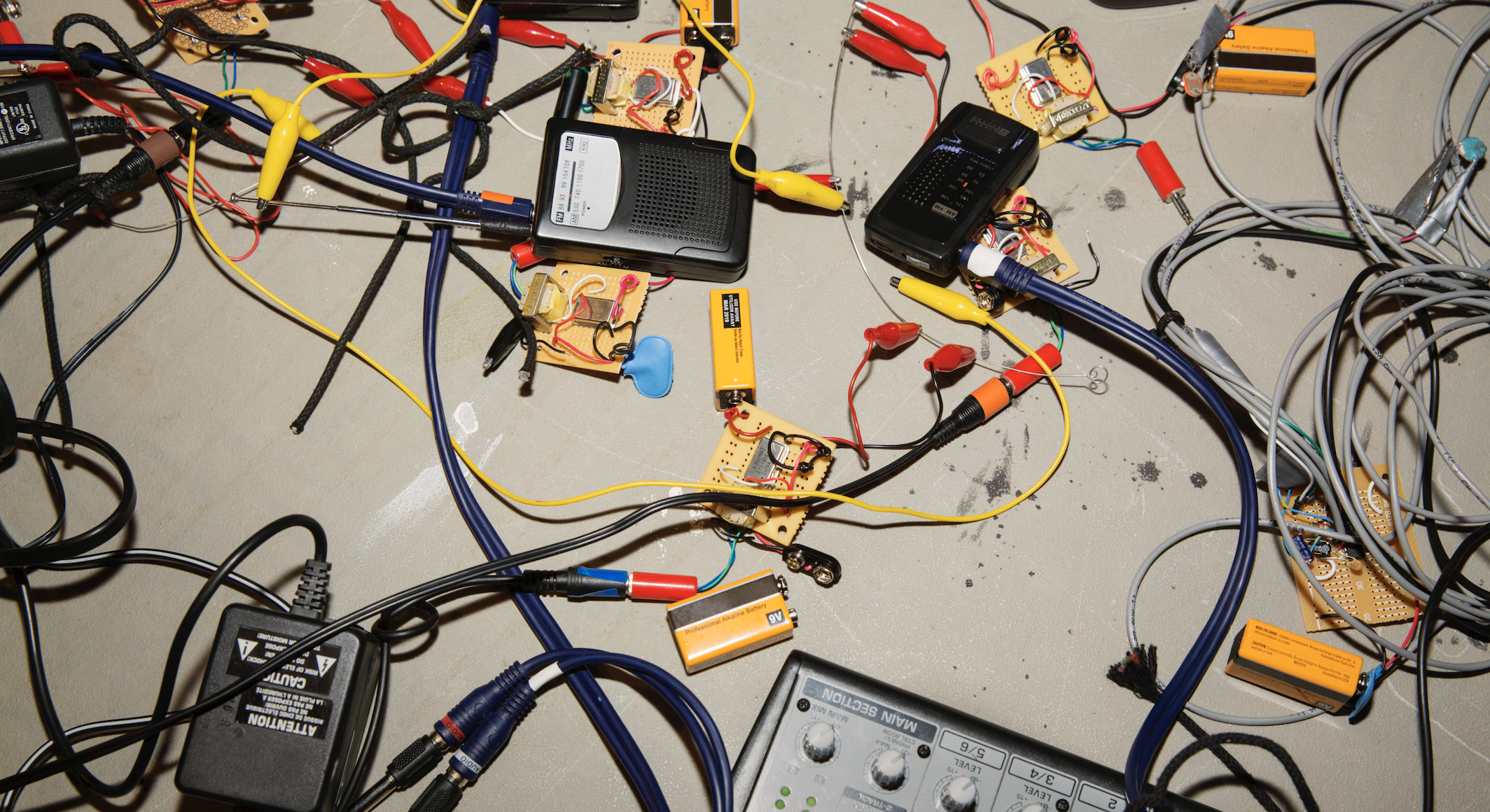Increasing the economic regional resilience through a multi-level project based on tools and conditions for anticipating future innovative pathways.
Reggio Emilia has adopted a new strategy of economic development based on the knowledge economy. In order to maintain a competitive advantage and tackle structural economic changes and shocks, the local ecosystem has to anticipate innovation needs and market requests to attract and retain investments, competences and knowledge.
At the center of this strategic vision, there is the Reggiane Innovation Park, which specifically aims at attracting and gathering enterprises, researchers and investments through its logistics, technologic and service-related platform designed to meet innovation, research and business needs and enhance specific territorial skills (education, mechatronics, agro-food, sustainable energy).
The project consists of the renovation of a huge discarded industrial area to create a hub able to anticipate future innovation pathways through endogenous and exogenous tools, such as a young talent incubator, prototyping and applied research labs, an incubator for start-ups and spin-offs, and an open innovation platform. It is a regional hub for economic development through a human capital attraction program and several international networking processes.
The Innovation Park is an example of a multi-stakeholder project in which the main public actors, economic stakeholders, researchers and private actors work together to enhance the competitiveness, attractiveness and resilience of the territory.
Resources needed
The Innovation Park attracted public/private resources for ca. €55 million:
• € 28 million of national funds;
• € 2 million funded through the Single Planning Document (DUP) of the Emilia-Romagna Region;
• € 25 million of private funds (companies that have invested in the Park).
Evidence of success
• 8 companies already settled in the Park;
• 12 actors (businesses and associations) signed agreements to locate in the Park;
• 5 advanced-research centres, more than 100 people among professors and researchers at the labs;
• 300 people employed in R&D sector of the resident companies;
• 6.000 professionals and experts worldwide attending educational research centers per year;
• on-going works for 3 new sheds for cultural, research, professional, business activities.
Difficulties encountered
• Committing stakeholders to a shared vision and implementation process;
• Attracting funds and investments;
• Committing companies as partners of the project;
• Designing services that meet territorial needs in terms of innovation;
• Maintaining stakeholders’ buy-in.
Potential for learning or transfer
Despite the specific territorial characteristics related to Reggio Emilia's socio-economic context, the project has the potential to become a model for the development of other local realities, as it addresses issues and challenges common to many regions in Europe:
• developing projects at the local level to promote distinctive capabilities by following the Smart Specialization Strategy (S3);
• redeveloping disused industrial areas by providing them with a new role for local economic development;
• sharing a strategic vision between the main public and private stakeholders of the city in order to gather human resources, investments and projects (where the city becomes “entrepreneur” contributing to the recovery of its territory).
Please login to see the expert opinion of this good practice.
Tags: Technology, SME, Competitiveness, Regional, Development, Performance, Stakeholders, Engagement








